The Bavarian city of Nuremberg is one of Germany’s great cities with a long and interesting history. At the same time, it is also a modern city with an extensive network of pedestrian streets, excellent museums and lovely cafes and restaurants, where you can of course taste the famous Nürnberger Bratwürste sausages.
The river Pegnitz runs through the old town and adds a lovely scenery to the cityscape and the many cozy streets in this district. Above the old city, the impressive imperial castle stands as a symbol of the emperor’s and the city’s high status in the Holy Roman Empire, and the history leaves its distinct mark to this day.
The city was strategically located on trade routes in Central Europe, and it brought great wealth to Nuremberg, where many beautiful town houses, churches, fortifications and other state-owned buildings were built in numbers during the Middle Ages. All these buildings were built in the center, and they can be seen to this day quite a few places in town.
In recent history, Nuremberg was the center for the German Nazi Party’s national rallies, and later also for the trials in connection with the Nuremberg process. Most of the buildings are still here to be seen, i.e. the vast Zeppelinfeld and the courtroom where the Nuremberg process took place. They all belong to the city’s well-visited sights.
In the Franken region, where Nuremberg is the main city, there are many beautiful locations in nature, many historical sights and exciting opportunities for activities for both adults and travelers with children.
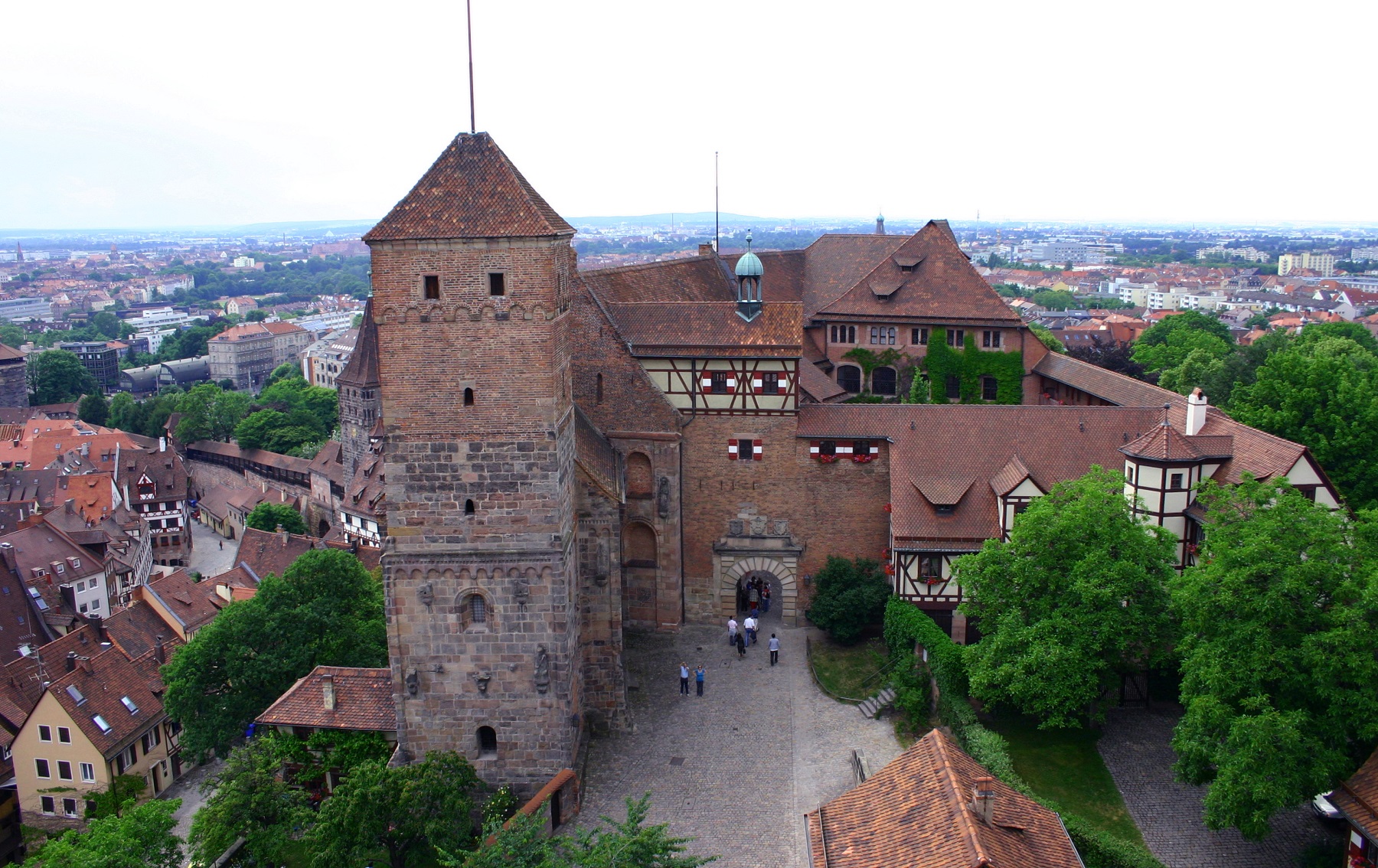
The Kaiserburg castle complex is one of Nuremberg’s landmarks and it is one of the most visited places in the city. The complex is located on top of a sandstone cliff above the rest of the city. Here you can see the interesting castle and also enjoy a beautiful view of the city.
Nuremberg City Hall is an impressive sight. In particular, the western facade is beautifully built in palace style. The most important place in the building is the Historic City Hall, which was built in the years 1332-1340.
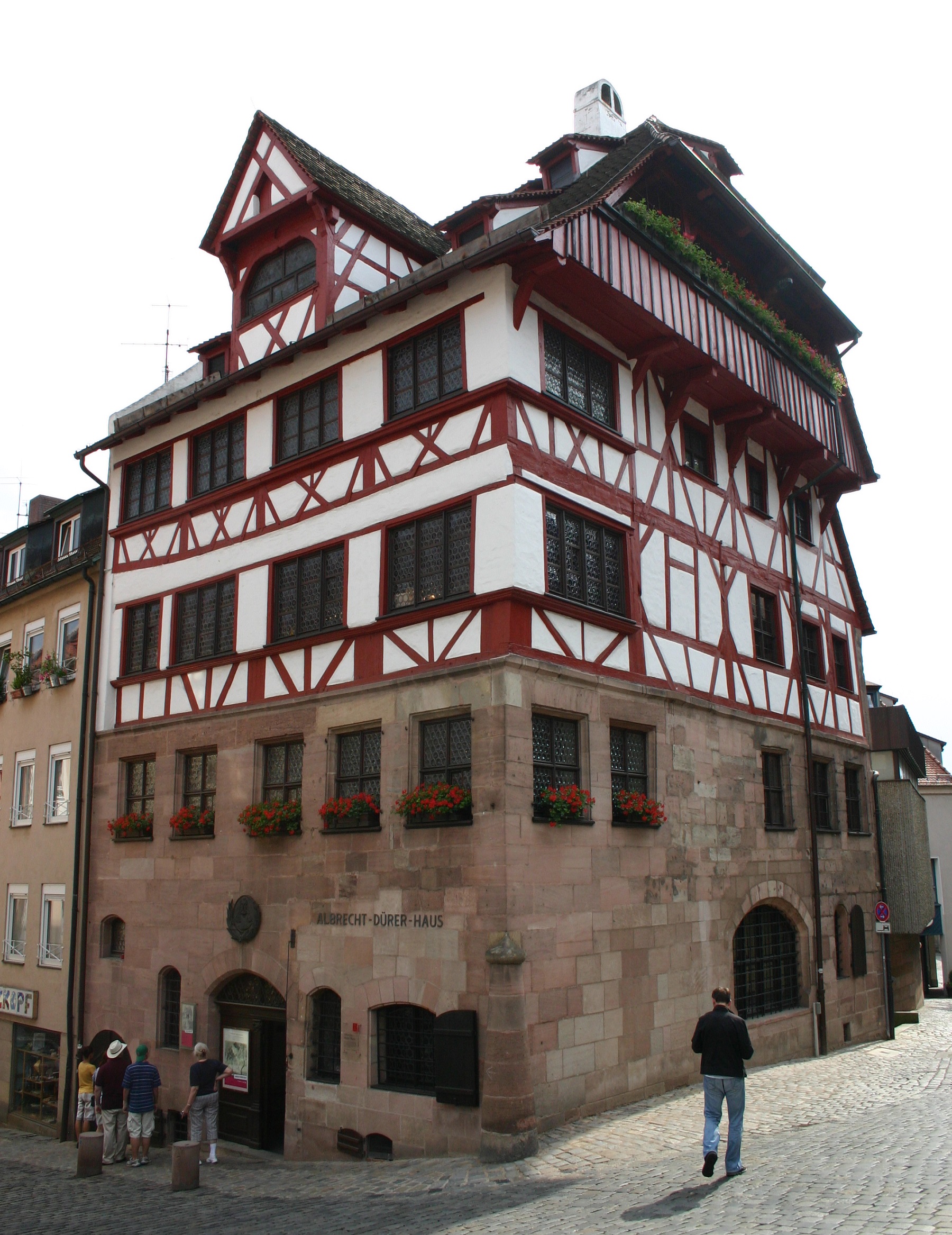
This beautiful historic building was the residence and place of work of the artist Albrecht Dürer from 1509 until his death in 1528. The four-storey high-rise house was built in the latter half of the 1400s, and it has been a museum since 1871.
The German Nazi Party held rallies, national meetings, and in 1933-1938 they were held in Nuremberg. In addition to the constructions you can see today, there was also a kind of entertainment city. The buildings that have now disappeared were built as part of the facility at the 1936 Berlin Olympic Games and subsequently moved to Nuremberg.
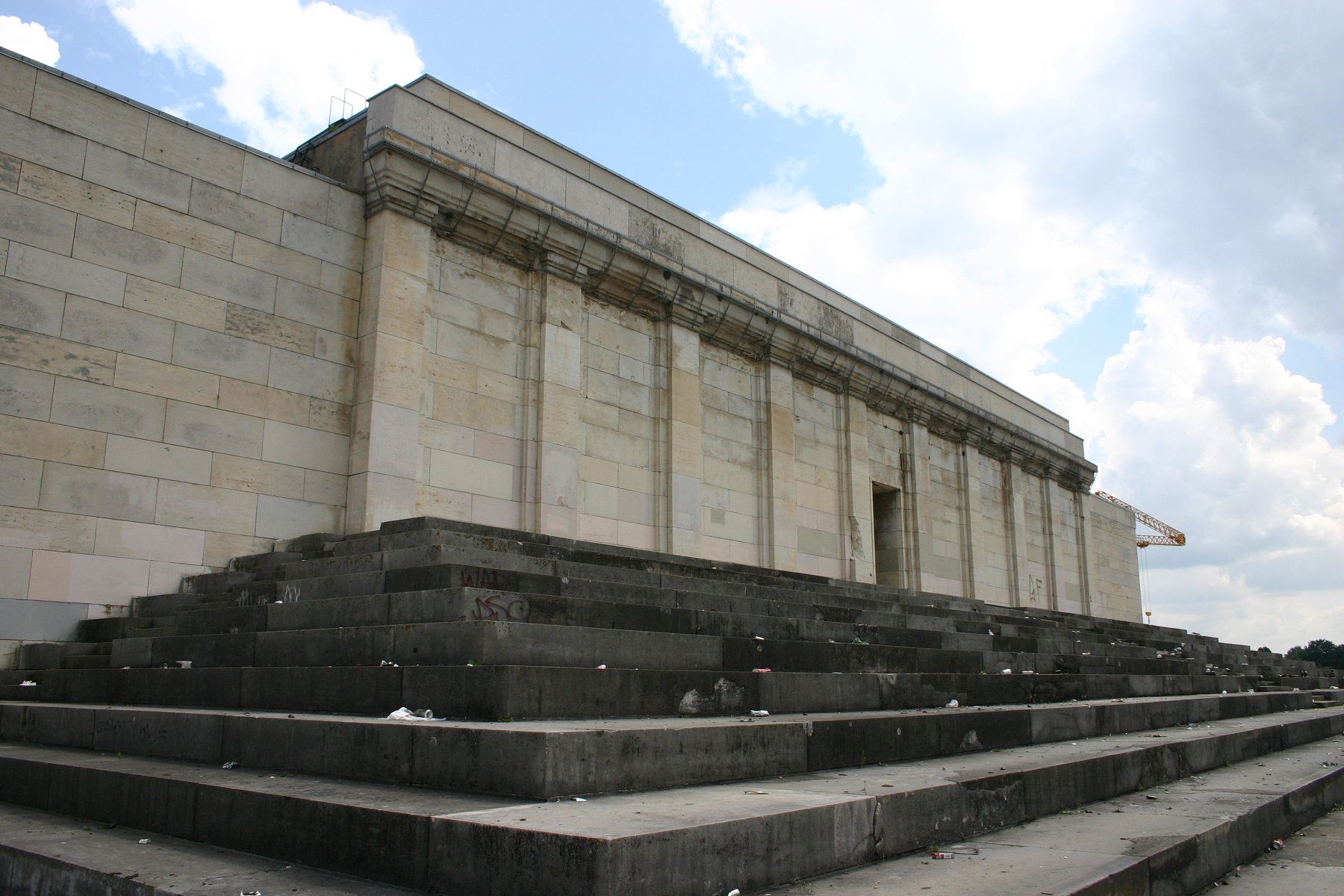
The large area, Zeppelinfeld, was the scene of the rallies, the NSDAP national meetings. The 362×378 meter/1,188×1,240 feet site was constructed in the years 1935-1937 with a large open area and the grandstand, the Zeppelintribüne, where Hitler and other leading Nazis made their speeches.
In this documentation center you get information about the whole area from the nazi rallies, which together forms the Reichparteitagsgelände. The center opened in 2001 and is housed in a part of the north wing of the Congress Hall.
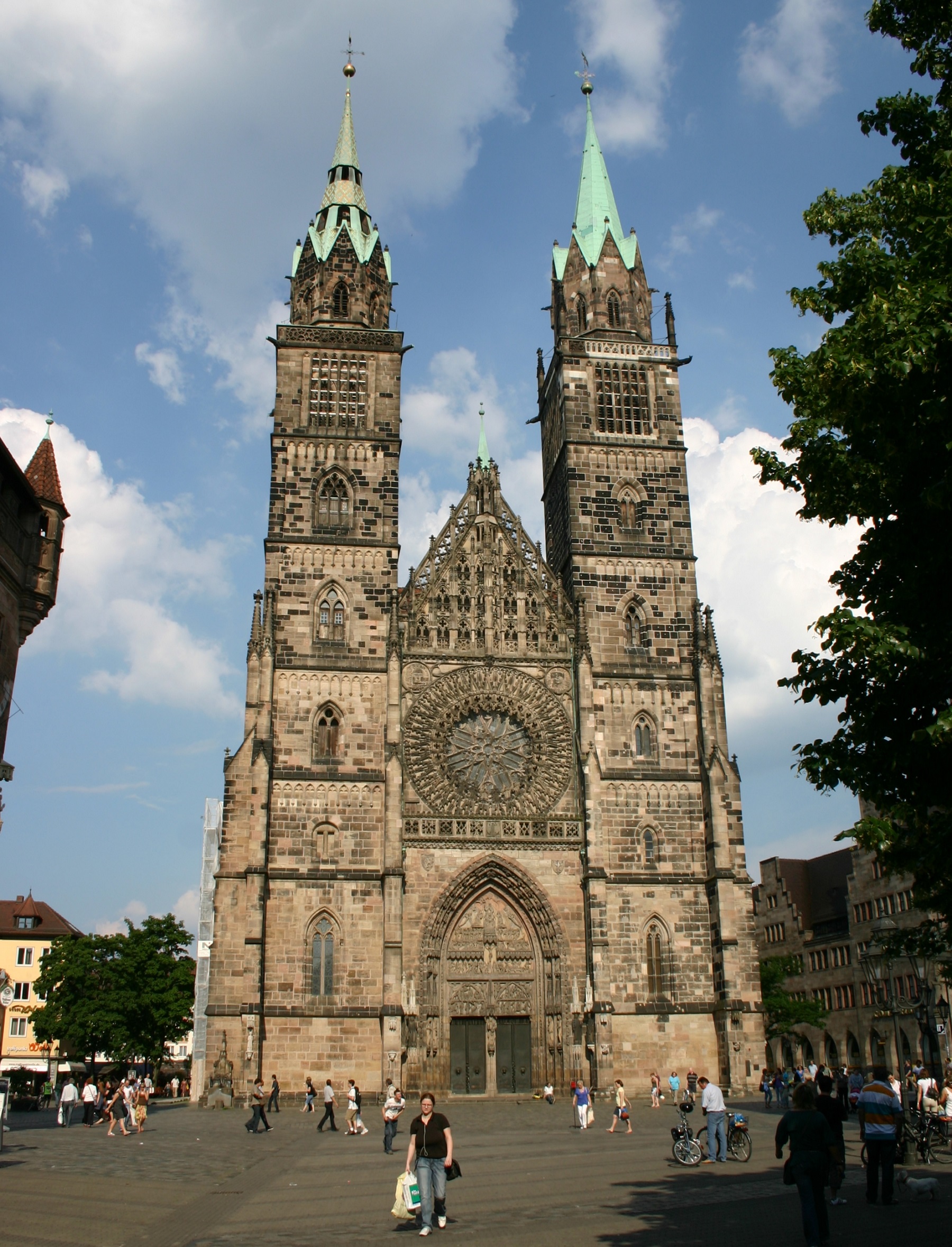
The Lorenz Church is the largest and most significant church building in Nuremberg. The present church was built over three periods of time from about 1260 to about 1500. You can see several beautiful things in the church; eg the artwork Engelsgruß, which Veit Stoß made in 1517-1518.
The Sebaldus Church is one of Nuremberg’s great medieval churches. The first church was built from about the year 1230. You can still see exhibited relics, which is a special sight in a protestant church.
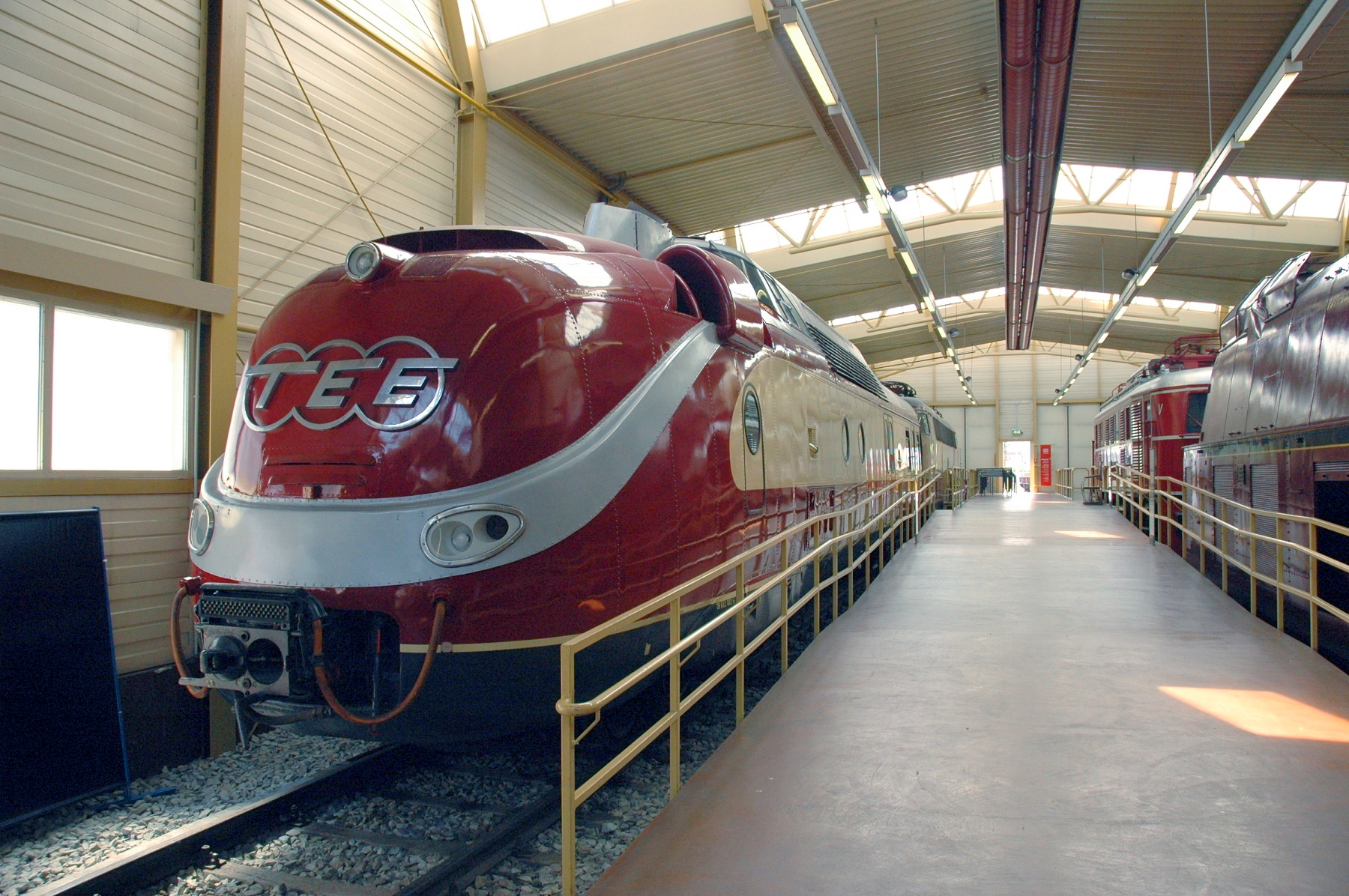
The DB Museum can be considered as Germany’s National Railway Museum. The country’s railway history is described here, and of course there are a number of beautiful locomotives and wagons on display. For railway enthusiasts, a visit here is a must on the trip to the city.
This bridge is one of the central places in Nuremberg’s Old Town, Altstadt. The main attraction of the bridge is the city life and the beautiful view from here across the Pegnitz River to the lovely buildings surrounding it.
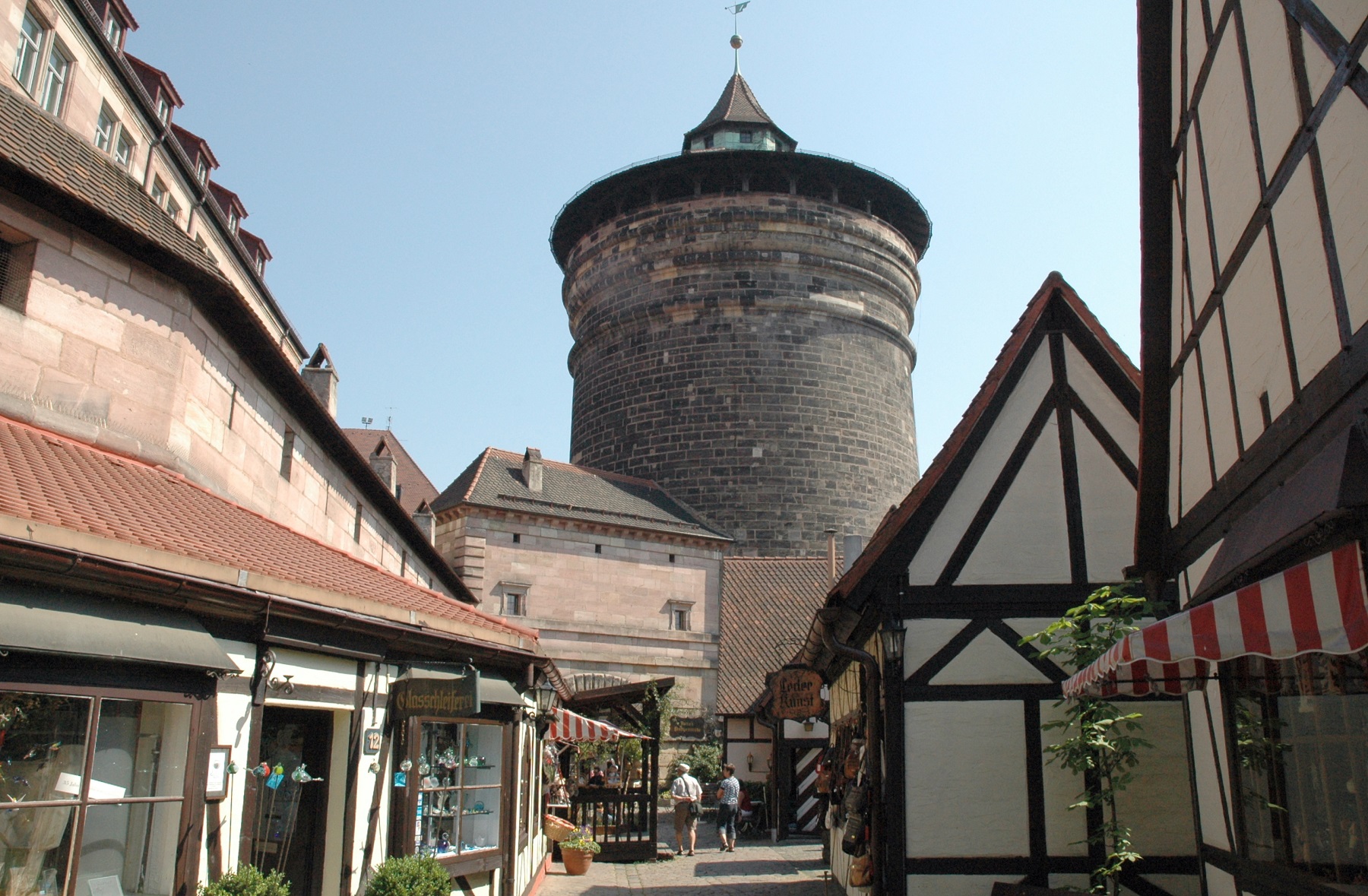
The city gate named Königstor was one of Nuremberg’s major entrances. You can see one of the city’s great defense towers here, the Königstor Turm, which was part of the city’s old fortifications.
Ludwigstor is one of the historic city gates that provided access to and from Nuremberg. Fortifications are at the gate, where the most characteristic structure is the round defense tower built into the city wall.
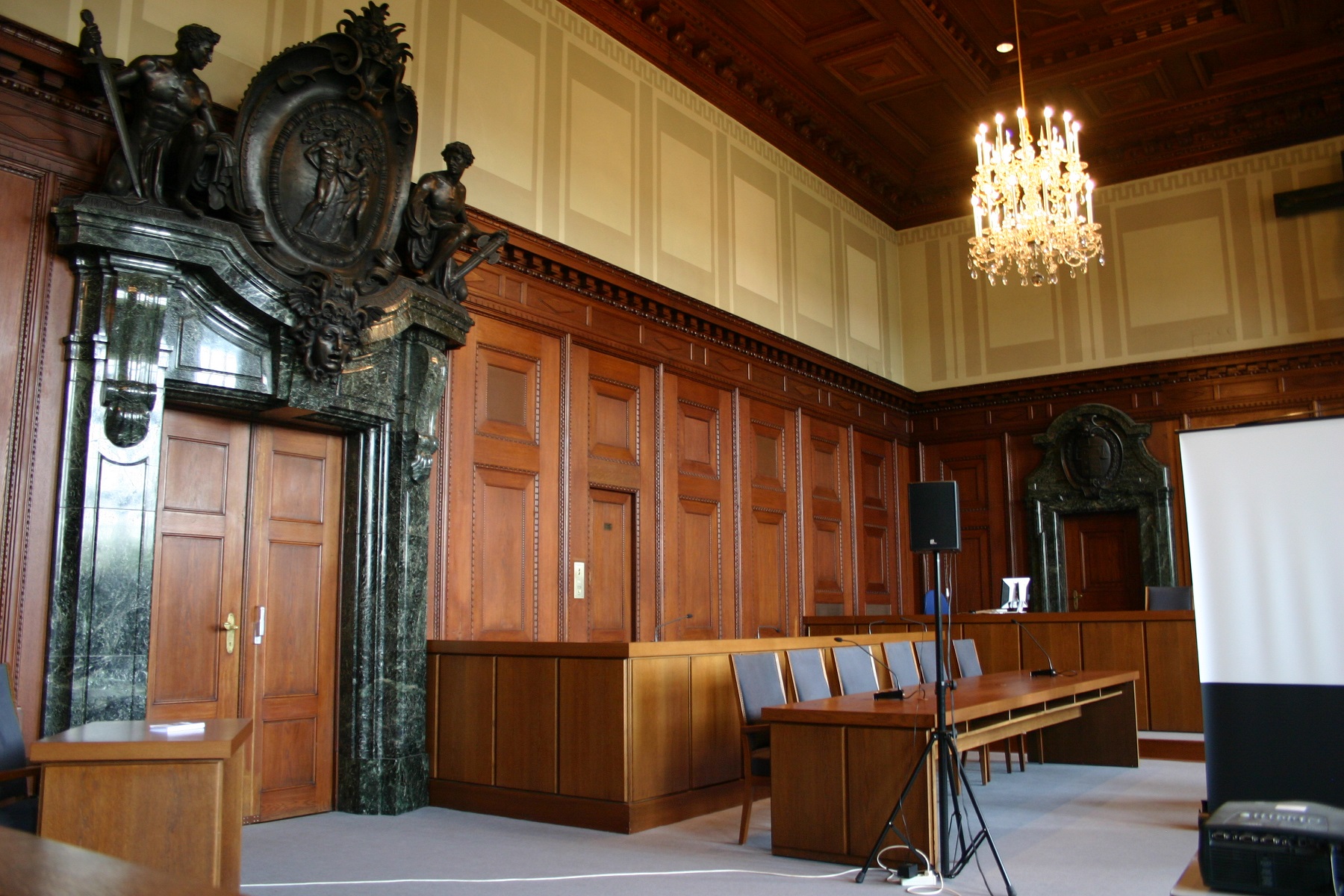
The Nuremberg Palace of Justice was chosen as the venue for the so-called Nuremberg Trials in the aftermath of World War II. The process was settled with senior politicians and others from Nazi Germany. The Schwurgerichtsaal 600 is the hall where the trial was conducted from November 20, 1945.
This place is a dungeon below street level. During the medieval city hall construction, a kind of detention was built with a number of cells where prisoners could be put down when confessions was made. They are accessible today as a museum.
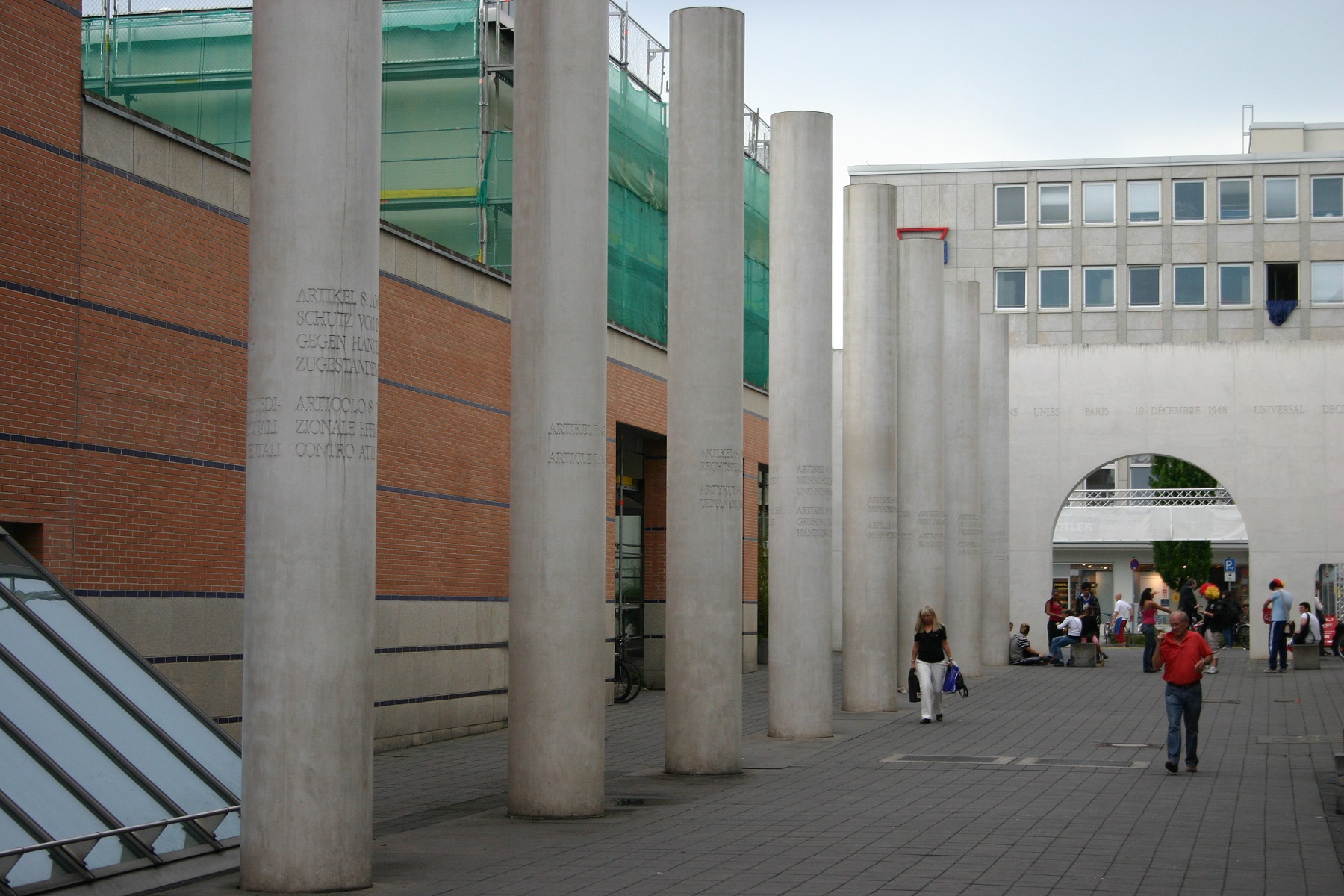
This national museum depicts culture and art in the German language area from prehistoric times to the present day. Founded in 1852, the museum is Germany’s largest cultural history museum; and it covers the entire German-speaking area before and now.
Neutor is one of the great entrances to the city through the medieval walls. Next to the city gate itself you can see the now round defense tower, which was originally square in shape like the rest of the city’s towers at that time.
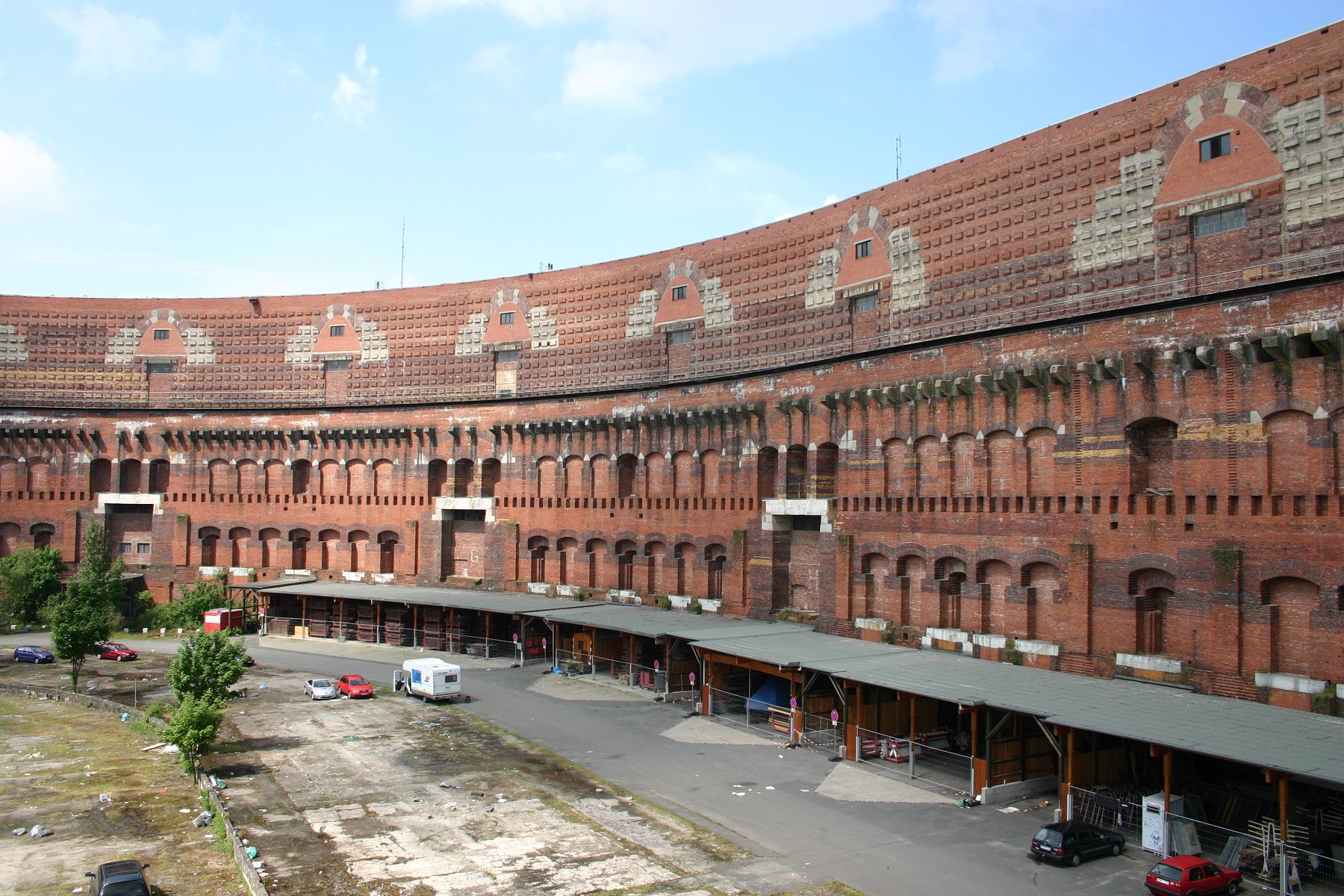
The Congress Hall is the largest preserved building of the Nazi era. The large building was built as a congress hall for the Nazi party, NSDAP, and there could be 50,000 people attending meetings. As part of the tour of the Documentation Center for the National Party Day area, you come out on a platform that extends high above the ground in the middle of the unfinished hall; it is an exciting sight.
This is a bunker that has been used to store Nuremberg’s most important art treasures during World War II. In the medieval cellar carved into the bedrock, the treasures were well protected from destruction above ground.
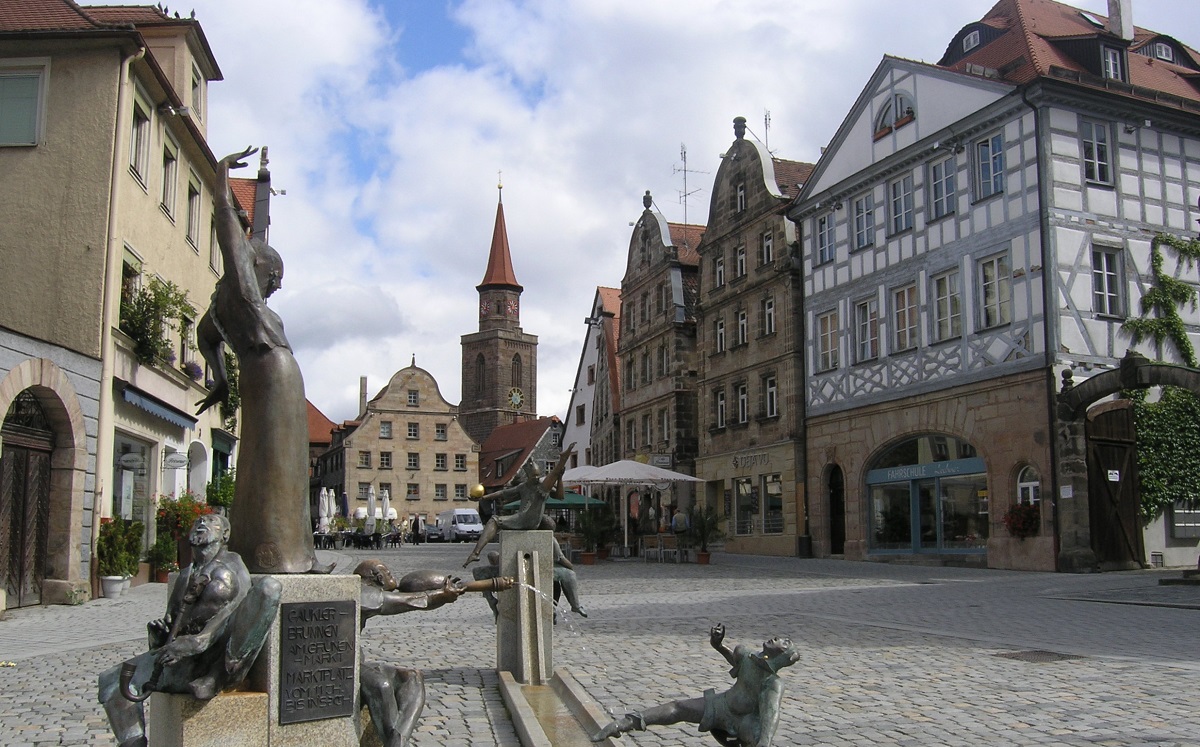
The city of Fürth is an city with a good 1,000-year history; however, it is almost merged with Nuremberg today and is also quickly reached by subway. There are many preserved old buildings in Fürth, and the historic environment of the street scene is one of the city’s attractions.
The city of Ansbach was founded in the mid-700s. The main attraction is the residence castle. The interior of the present castle was mainly created in the 18th century, and today a large porcelain and faience collection is exhibited here.
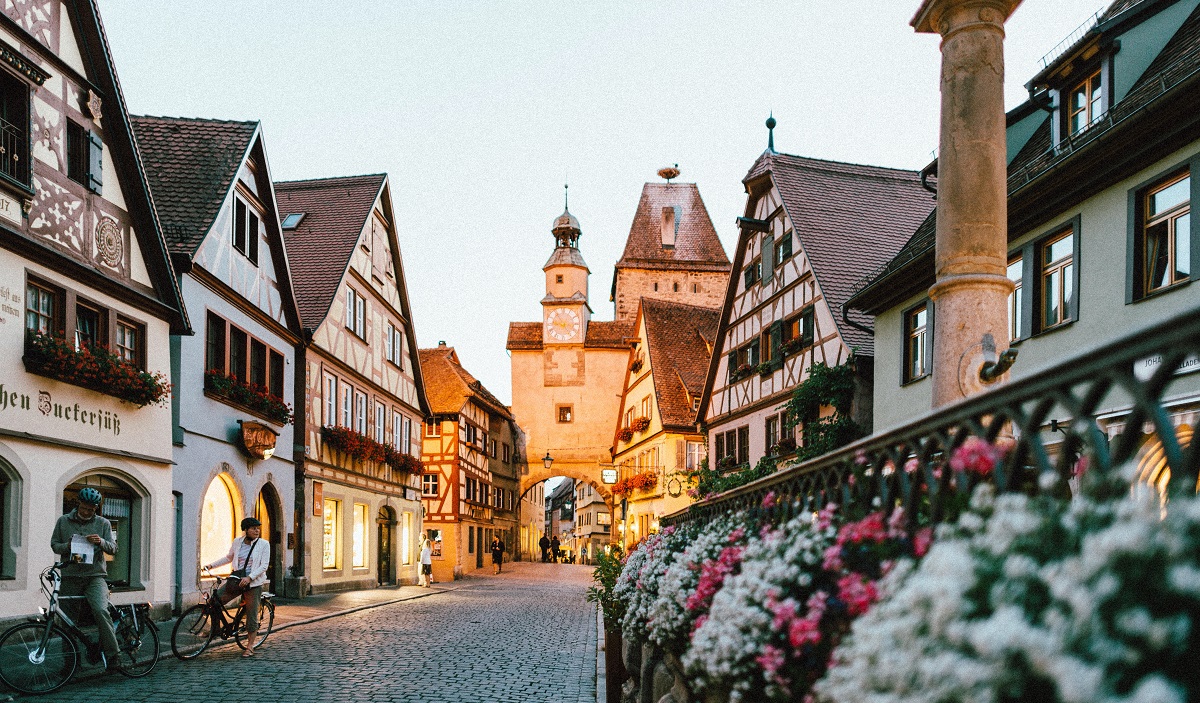
The town of Rothenburg is situated at the Tauber River, and it is a gem of medieval architecture and cozy streets. The old town is a jumble of narrow alleys and squares, and everywhere there are well-preserved houses from the long history of the city.
Bamberg is one of the best preserved, cities for sightseeing in Bavaria. The town was mentioned already in the year 902, and it gradually grew up around a castle. Bamberg has largely retained its medieval core.
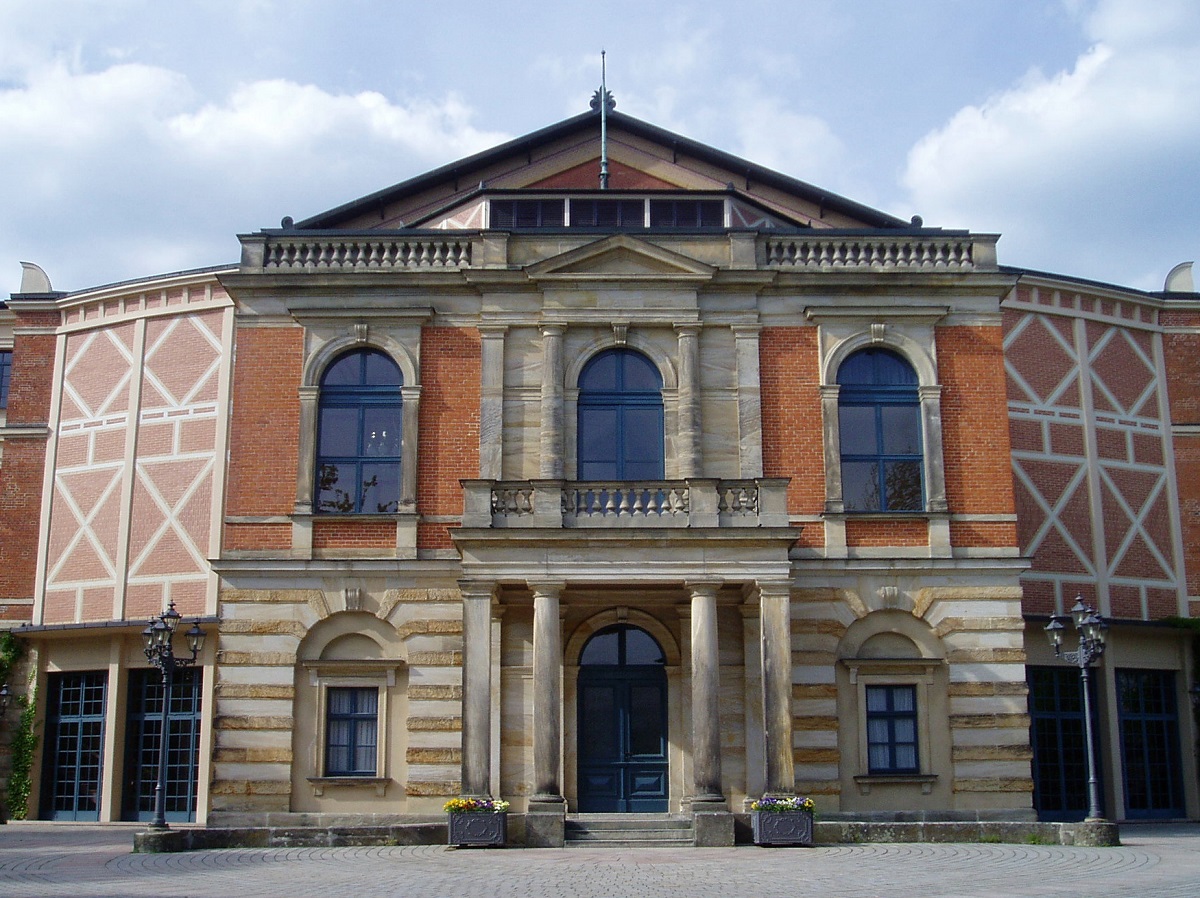
The town of Bayreuth is world-renowned as the home of the annual Wagner-festival with a performance of a number of Richard Wagner’s operas. The reason for this is that the composer chose precisely Bayreuth as the place to perform his works.
Regensburg is a town located where the River Regen flows into the greater Danube. There are many interesting things to see in Regensburg; not least the overall atmosphere of the well-kept and cozy old town.
Breite Gasse 5
city-point-nuernberg.de
Glogauer Straße 30-38
franken-center-nuernberg.de
Königstraße 42
galeria-kaufhof.de
Königstraße 14
karstadt.de
Karolinenstraße, Breite Gasse, Kaiserstraße, Königstraße, around the main market
DB Museum
Lessingstraße 6
dbmuseum.de
Fürthermare
Scherbsgaben 15, Fürth
fuerthermare.de
Playmobil-FunPark
Brandstätterstraße 2-10, Zirndorf
playmobil-funpark.de
Tiergarten
Am Tiergarten 30
tiergarten.nuernberg.de
Nuremberg’s history stretches back to the time between 1000 and 1040, where the city is believed to be founded. The specific year is not known, but in 1050 Nuorenberc is mentioned for the first time in King Heinrich III’s so-called Sigena-Urkunde. The location was strategically important between Bavaria, Bohemia and the Franks, and it became the reason for the birth of such a successful city in the future.
From the beginning, the castle of Nuremberg was built; in the 1000’s in the original and smaller edition than the one seen today. Heinrich III put the work in motion and it became the beginning of the city’s status as a county where the bailiffs resided.
The year 1219 became landmark, with Emperor Friedrich II here giving Nuremberg the so-called Great Freedom Letter, Großer Freiheitsbrief, which made the city a free state city, Freie Reichsstadt. The new status greatly diminished the power of the bourgeoisie outside their own castle, and the culmination came in 1427, when Friedrich VI, as the last bailiff, sold his powers to the city-state. Then the city’s leadership lay in the hands of the city council; however, Nuremberg was subject to the German-Roman Empire, which, however, had a looser governance and structure than today’s society.
In the centuries around the 1300-1500s, Nuremberg grew strongly, and together with Cologne and Prague were the largest cities in the German-Roman Empire. In the empire there was no real capital, but Nuremberg was one of the cities that most times had imperial visits and stays; it was a symbol of its status and wealth. Wealth was significant, with the city having to hold the emperors’ residence, but with several extremely wealthy merchants at the forefront, the city could afford it. A mark of Nuremberg’s status occurred in 1423, when King Sigismund handed over the kingdom’s regalia, the so-called Reichskleinodien, from Karlstejn in Bohemia to Nuremberg. At Sigismund’s request, the regalia was to be in Nuremberg forever, which was not the case when the Habsburg emperors and later the United States moved them from Nuremberg to Vienna.
The Thirty Years War 1618-1648 came to play a major role for Nuremberg, with both the Swedish king Gustav Adolfs and the imperial army under Wallenstein’s command having large numbers of soldiers outside the city limits. The city’s citizens suffered, as the many troops were to have supplies that went from Nuremberg’s own consumption and trade opportunities.
At the beginning of the 19th century, Nuremberg was gradually heavily indebted and its status as a sanctuary was under threat. By agreement in 1803, the city remained independent, but already three years later, French troops during the Napoleonic Wars Nuremberg handed over to the Kingdom of Bavaria.
Throughout the 19th century, Nuremberg developed again rapidly, this time industrially. The city became Bavaria’s leading industrial city and the engine for the entire region. It was from here, too, that the first German railway could be opened; it was in 1835, and the track connected the cities of Nuremberg and Fürth. The population increased sharply during this period. In 1806 there lived 25,000, the 100,000 were rounded up in 1880, and in 1919 there lived 350,000 people.
Nuremberg became the center of the party’s colossal national rallies during the Nazi era. This was due to various reasons, not least that the city was centrally located in Germany and that there was a historical relevance to the heyday of the German-Roman Empire. Huge construction work was started, and in the Reichsparteistagsgelände area southeast of the center, the national assemblies took place with the participation of 100,000 people.
World War II went hard over Nuremberg. About 90% of the old city and 50% of the whole of Nuremberg were destroyed during bombing. However, the location with the height of the Imperial Castle became a rescue for many people and the city’s unique art and cultural treasure. The old brewery cellars were designed as both art bunkers and as escape routes from the city center and out under the city wall to the moat, from which there was easier access to get out of the city completely.
After the end of World War II, Nuremberg again became the center for a while. When the Allied victors were to begin the trial against the leaders of the Nazi party, Nuremberg was chosen as the site for the first trial. It was partly due to US pressure to hold it in the US occupation zone and partly to the fact that the city had a large justice palace with associated prison largely intact.
The decades after World War II were, of course, partly in the signs of reconstruction, but like other places in West Germany, considerable economic development occurred. Among other things, at the former Reichsparteitagsgelände, a new large trade fair and congress center was erected, while every year, too, tourism draws many visitors to the cozy town, which abounds with lovely squares and cozy nooks by the beautifully restored medieval buildings.
Overview of Nuremberg
The Bavarian city of Nuremberg is one of Germany’s great cities with a long and interesting history. At the same time, it is also a modern city with an extensive network of pedestrian streets, excellent museums and lovely cafes and restaurants, where you can of course taste the famous Nürnberger Bratwürste sausages.
The river Pegnitz runs through the old town and adds a lovely scenery to the cityscape and the many cozy streets in this district. Above the old city, the impressive imperial castle stands as a symbol of the emperor’s and the city’s high status in the Holy Roman Empire, and the history leaves its distinct mark to this day.
About the upcoming Nuremberg travel guide
About the travel guide
The Nuremberg travel guide gives you an overview of the sights and activities of the German city. Read about top sights and other sights, and get a tour guide with tour suggestions and detailed descriptions of all the city’s most important churches, monuments, mansions, museums, etc.
Nuremberg is waiting for you, and at vamados.com you can also find cheap flights and great deals on hotels for your trip. You just select your travel dates and then you get flight and accommodation suggestions in and around the city.
Read more about Nuremberg and Germany
Buy the travel guide
Click the “Add to Cart” button to purchase the travel guide. After that you will come to the payment, where you enter the purchase and payment information. Upon payment of the travel guide, you will immediately receive a receipt with a link to download your purchase. You can download the travel guide immediately or use the download link in the email later.
Use the travel guide
When you buy the travel guide to Nuremberg you get the book online so you can have it on your phone, tablet or computer – and of course you can choose to print it. Use the maps and tour suggestions and you will have a good and content-rich journey.
Imperial Castle • Zeppelinfeld • Churches • Fine Museums • Albrecht Dürer
Overview of Nuremburg
The Bavarian city of Nuremberg is one of Germany’s great cities with a long and interesting history. At the same time, it is also a modern city with an extensive network of pedestrian streets, excellent museums and lovely cafes and restaurants, where you can of course taste the famous Nürnberger Bratwürste sausages.
The river Pegnitz runs through the old town and adds a lovely scenery to the cityscape and the many cozy streets in this district. Above the old city, the impressive imperial castle stands as a symbol of the emperor’s and the city’s high status in the Holy Roman Empire, and the history leaves its distinct mark to this day.
About the upcoming Nuremburg travel guide
About the travel guide
The Nuremburg travel guide gives you an overview of the sights and activities of the German city. Read about top sights and other sights, and get a tour guide with tour suggestions and detailed descriptions of all the city’s most important churches, monuments, mansions, museums, etc.
Nuremburg is waiting for you, and at vamados.com you can also find cheap flights and great deals on hotels for your trip. You just select your travel dates and then you get flight and accommodation suggestions in and around the city.
Read more about Nuremburg and Germany
Buy the travel guide
Click the “Add to Cart” button to purchase the travel guide. After that you will come to the payment, where you enter the purchase and payment information. Upon payment of the travel guide, you will immediately receive a receipt with a link to download your purchase. You can download the travel guide immediately or use the download link in the email later.
Use the travel guide
When you buy the travel guide to Nuremburg you get the book online so you can have it on your phone, tablet or computer – and of course you can choose to print it. Use the maps and tour suggestions and you will have a good and content-rich journey.

The DB Museum can be considered as Germany’s National Railway Museum. The country’s railway history is described here, and of course there are a number of beautiful locomotives and wagons on display. For railway enthusiasts, a visit here is a must on the trip to the city.
This bridge is one of the central places in Nuremberg’s Old Town, Altstadt. The main attraction of the bridge is the city life and the beautiful view from here across the Pegnitz River to the lovely buildings surrounding it.

The city gate named Königstor was one of Nuremberg’s major entrances. You can see one of the city’s great defense towers here, the Königstor Turm, which was part of the city’s old fortifications.
Ludwigstor is one of the historic city gates that provided access to and from Nuremberg. Fortifications are at the gate, where the most characteristic structure is the round defense tower built into the city wall.

The Nuremberg Palace of Justice was chosen as the venue for the so-called Nuremberg Trials in the aftermath of World War II. The process was settled with senior politicians and others from Nazi Germany. The Schwurgerichtsaal 600 is the hall where the trial was conducted from November 20, 1945.
This place is a dungeon below street level. During the medieval city hall construction, a kind of detention was built with a number of cells where prisoners could be put down when confessions was made. They are accessible today as a museum.

This national museum depicts culture and art in the German language area from prehistoric times to the present day. Founded in 1852, the museum is Germany’s largest cultural history museum; and it covers the entire German-speaking area before and now.
Neutor is one of the great entrances to the city through the medieval walls. Next to the city gate itself you can see the now round defense tower, which was originally square in shape like the rest of the city’s towers at that time.

The Congress Hall is the largest preserved building of the Nazi era. The large building was built as a congress hall for the Nazi party, NSDAP, and there could be 50,000 people attending meetings. As part of the tour of the Documentation Center for the National Party Day area, you come out on a platform that extends high above the ground in the middle of the unfinished hall; it is an exciting sight.
This is a bunker that has been used to store Nuremberg’s most important art treasures during World War II. In the medieval cellar carved into the bedrock, the treasures were well protected from destruction above ground.
Similar to Nuremberg Travel Guide